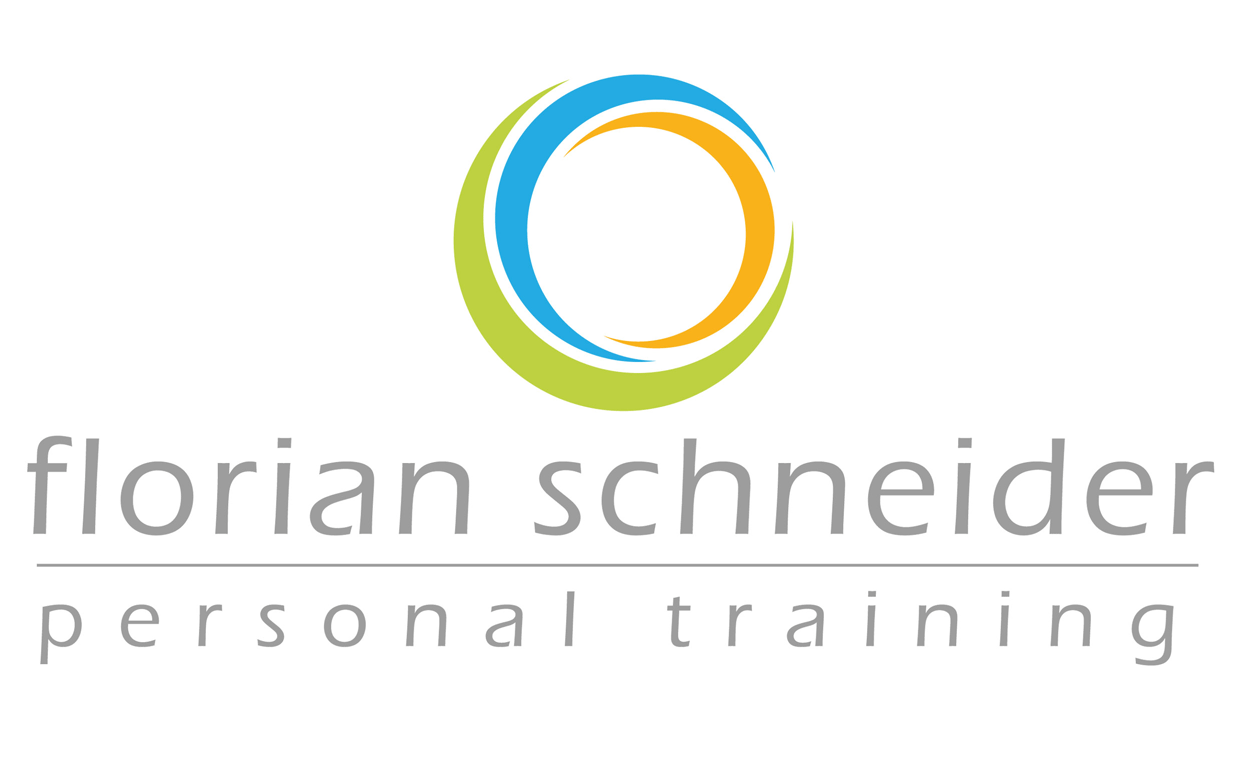fst > functional system training
Achieve goals by an effIcient and effective training concept.
When we talk about efficiency, we describe an activity without unnecessary movement and unnecessary waste of energy. By efficiency we liberate our training of all superfluous details such as constantly reviewing trends in the fitness industry, instead, our focus and our concentration lies on the essential aspects of the movement with which we achieve improvements in all areas and can thereby better the match. However effectiveness is purely results-oriented.
The basis of our training is the right balance and interplay of the conditionial skills such as agility, coordination, strength, endurance and speed, which are the key of each progressively structured and goal-oriented professional training program. Lack of balance contributes to a lose of efficiency, if efficiency suffers, power and valuable energy are lost as well. Science tells us that energy can not simply evaporate or can not be lost, it will always be converted into other forms of energy. In this way, misdirected energy always causes an action elsewhere in the body. This results in specific regions in the human body increasing stress on the muscles, tendons and ligaments (hardware), or in the worst case also produces non-functional movements of the extremities, spine, or individual. The consequences are simply overloading and injury.
For this reason, I work with my clients with individualized special concepts and training programs. The focus of our training here is rather on the quality of the movement and not primarily on the muscle itself, we focus on complex and functional movement patterns and their processes, rather than on isolated muscle training. We force the body through a series of functional movement tests, to check to right level of mobility and stability in certain attitudes and in this way we disclose weaknesses in the form of asymmetries and possible imbalances in movement patterns through a very objective method. We use the functional movement screen (FMS) for this.
The implementation of all movements of our body always uses a hardware (muscles, tendons and ligaments) and a software (programs motorized) and this is to always take into account movement problems alike. Even an existing and well-developed hardware (muscles, ligaments), does not guarantee a well-functioning software (Motion expiration) and freedom from pain. Motion errors are mostly poor biomechanical processes that the body tries to compensate for when we want to uncover the weaknesses. The body is a master of disguising weaknesses. Everything is connected with each other, like a chain. But a chain is only as strong as its weakest link. Our body can perfectly compensate for poorly developed muscles or movements. The main focus of our training is not on maximizing your strengths, but to make your weaknesses into strengths.

LEVEL 3 > Functional Skill – sport-specific and everyday movements
LEVEL 2 > Functional Performance – kinetic muscle chains under stress/load
LEVEL 1 > Functional Movement – functional and biomechanical basic movement patterns
The Optimal Performance Pyramid by Gray Cook, "Athletic Body in Balance." Human Kinetics, 2003
LEVEL 1 > Functional Movement - functional and biomechanical basic movement patterns
Mobility and stability form the basis of this first stage and are the foundation of our training and our pyramid. These include the ability to perform biomechanically correct, fundamental movement patterns as economically as possible. The daily running of wrong movements in sports and everyday life can cause problems of the musculoskeletal system. At this stage, fundamental movement patterns are trained and developed through the right combination of mobility and stability.
LEVEL 2 > Functional Performance - kinetic muscle chains under stress/load
The second stage deals with the general athletic performance and how efficient fundamental movements of entire kinetic chains can run under load. These include, for example, exercises such as jumping with your own body weight, or a lunge with additional weight. The perfect execution of holistic movements at this stage, is the precondition for specific sports and everyday movement expiration.
LEVEL 3 > Functional Skill - sport-specific and everyday movements
At the top of the performance pyramid is the ideal running, of sport (such as tennis, golf or skiing) or specific skills for everyday life (carrying objects, walking, stairs). This level is achieved when optimal functional movement patterns and the first two levels of the pyramid are working harmoniously together. The result is more economical movements with less energy loss, resulting in less burden and produces more power.
